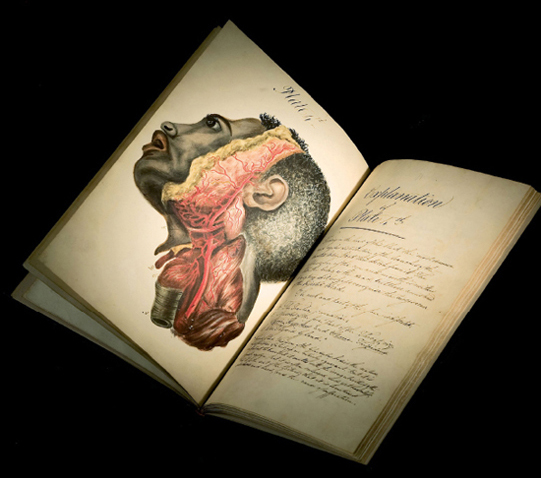Bell-Magendie Law
1811
Charles Bell (1774–1842), François Magendie (1783–1855)
The question of whether it was possible to explain human intelligence in terms of natural laws rather than as an effect of divine influence became a major debate in the nineteenth century. This was the period when experimentation became the method of discerning truth, and the laboratory became the place where truth, through experimentation, was discovered.
The distinction between sensory and motor nerves, made independently by Scottish anatomist Charles Bell in 1811 and French physiologist François Magendie in 1822, helped make it possible to use experimentation to explore the psychological implications of nervous system functions. Both Bell and Magendie pointed out that each type of sensory nerve was specific to a particular sensory modality, such as vision, hearing, or touch. This discovery came to be called the Bell-Magendie Law, and it was an approach that German physiologist Johannes Müller used to develop the doctrine of specific nerve energies. Researchers who used the concept of specific nerve energies were then able to develop a mechanistic model of how the human nervous system functions and what its role may be in human thinking and action.
The scientific implications of experimentally distinguishing between the two types of nerves can be found in the study of reflexes. The English physiologist Marshall Hall used the sensory-motor distinction to show a specific connection between local nerve action and behavior. He used reflexes to describe behavior in terms of nerve action, without the involvement of higher mental processes. This challenged the mentalistic conceptions of human behavior, such as the one proposed by René Descartes, which held that since the brain and soul are equivalent and the soul directs human behavior, then there is no need for experimentation. Hall’s research implied that at least some aspects of human behavior are based on stimuli and responses at the physiological level, thus validating a role for experiments to help us understand the links between brain function and human behavior.
SEE ALSO Localization of Brain Function (1861), Sensory Phsysiology (1867)

This drawing from Sir Charles Bell’s Manuscript of Drawings of the Arteries shows “the most common and regular distribution of the branches of the carotid artery.”